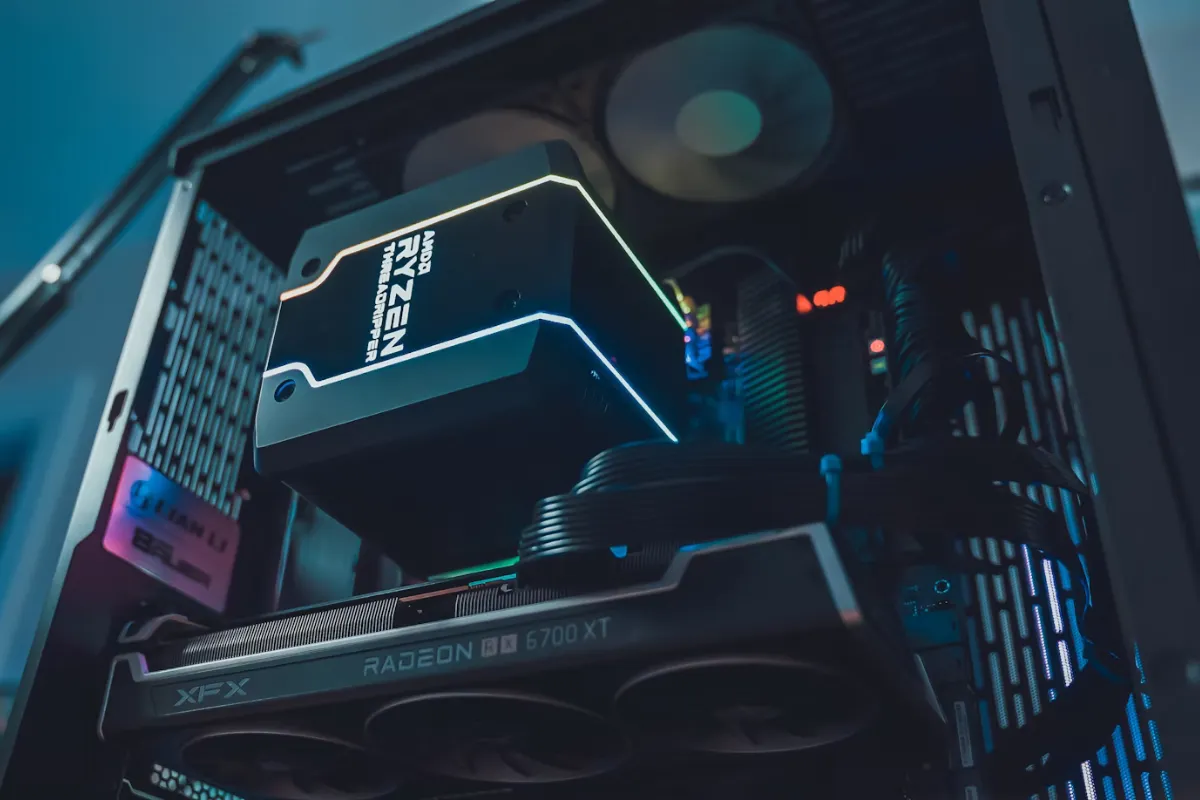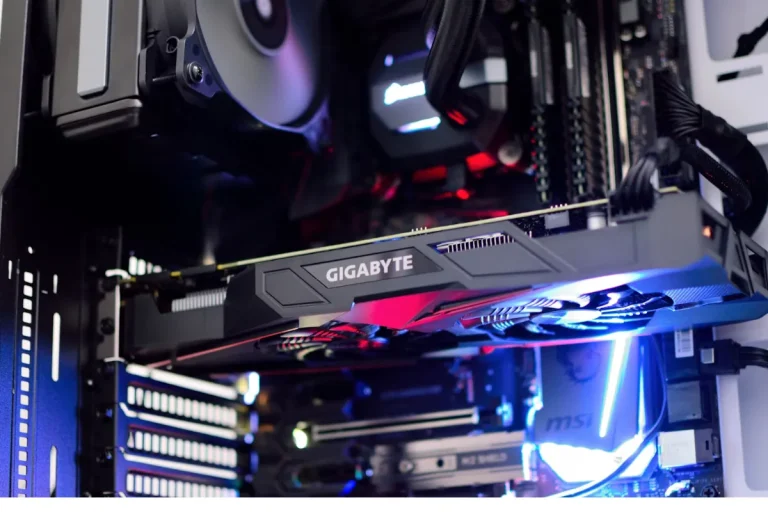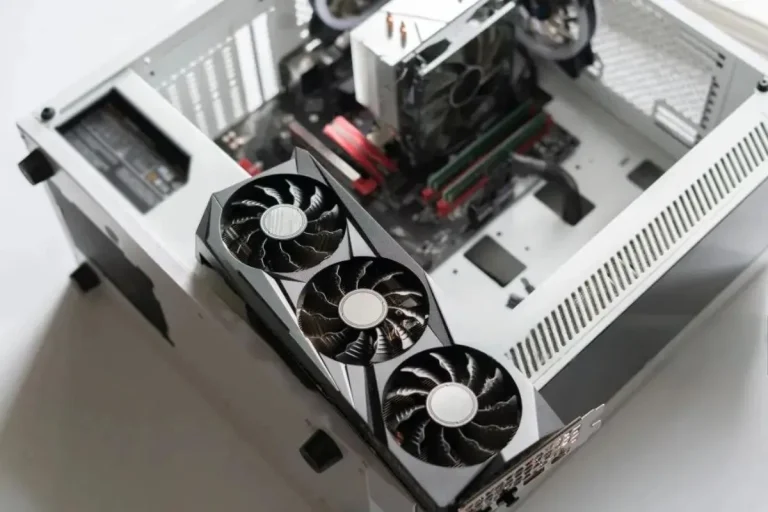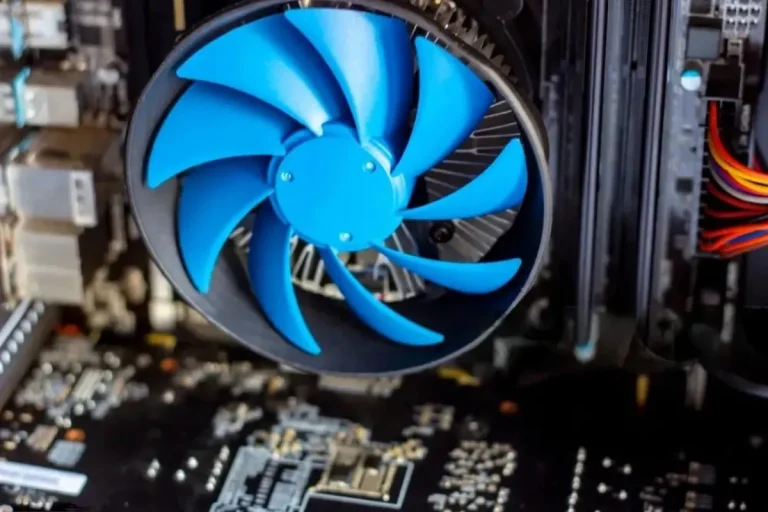What is physically inside the CPU and GPU?
Curious about the inner workings of your computer’s brain? Let’s peek inside the CPU and GPU, the powerhouses that make everything happen.
These tiny yet mighty components play a crucial role in processing data and rendering graphics. Get ready to uncover the secrets and understand what physically resides inside the CPU and GPU.
Differentiating between the CPU and GPU
When it comes to the CPU (Central Processing Unit) and GPU (Graphics Processing Unit), these two components may seem similar at first glance, but they have distinct roles and architectures that set them apart. Let’s delve into the differences and understand where each component excels.
Contrasting Roles and Architectures
The CPU acts as the brain of the computer, handling a wide range of tasks such as running applications, managing system resources, and executing instructions. It focuses on general-purpose computing and performs tasks sequentially.
On the other hand, the GPU specializes in rendering graphics and accelerating visual computations. It is designed to handle parallel processing, making it ideal for complex graphics rendering and tasks like video editing and 3D modeling.
Examples of Situations
To better grasp their contrasting roles, let’s consider some scenarios. Imagine you’re playing a graphically intensive game. The CPU takes care of tasks like game logic, physics calculations, and AI, while the GPU handles rendering high-quality visuals, textures, and lighting effects.
In another scenario, if you’re performing scientific simulations or machine learning tasks, the CPU’s ability to handle complex algorithms and sequential processing becomes invaluable.
The Synergy between the CPU and GPU
Understanding how the CPU and GPU work together is essential to comprehend the seamless processing of data and rendering of graphics. Let’s explore the collaboration between these two powerhouses and the role of APIs like DirectX and OpenGL in facilitating their harmonious synergy.
Collaboration for Data Processing and Graphics Rendering
The CPU and GPU complement each other’s strengths to deliver efficient performance. The CPU handles tasks that require sequential processing, such as managing system resources, executing instructions, and handling non-graphics-related computations.
Meanwhile, the GPU excels in parallel processing, making it ideal for rendering complex graphics, textures, and visual effects.
The Role of APIs
APIs, or Application Programming Interfaces, play a crucial role in enabling communication and coordination between the CPU and GPU. DirectX and OpenGL are two popular APIs used in the industry.
They provide a standardized set of functions and protocols that allow software developers to interact with the GPU, harness its power, and optimize graphics rendering.
DirectX and OpenGL
DirectX, developed by Microsoft, is widely used in Windows-based systems, providing a collection of APIs for multimedia and game development. It offers features for graphics rendering, audio processing, input handling, and more.
OpenGL, on the other hand, is a cross-platform API that is not tied to any specific operating system. It is open-source and widely supported, making it a popular choice for graphics development across different platforms, including Windows, macOS, and Linux.
Advancements in CPU and GPU Technology
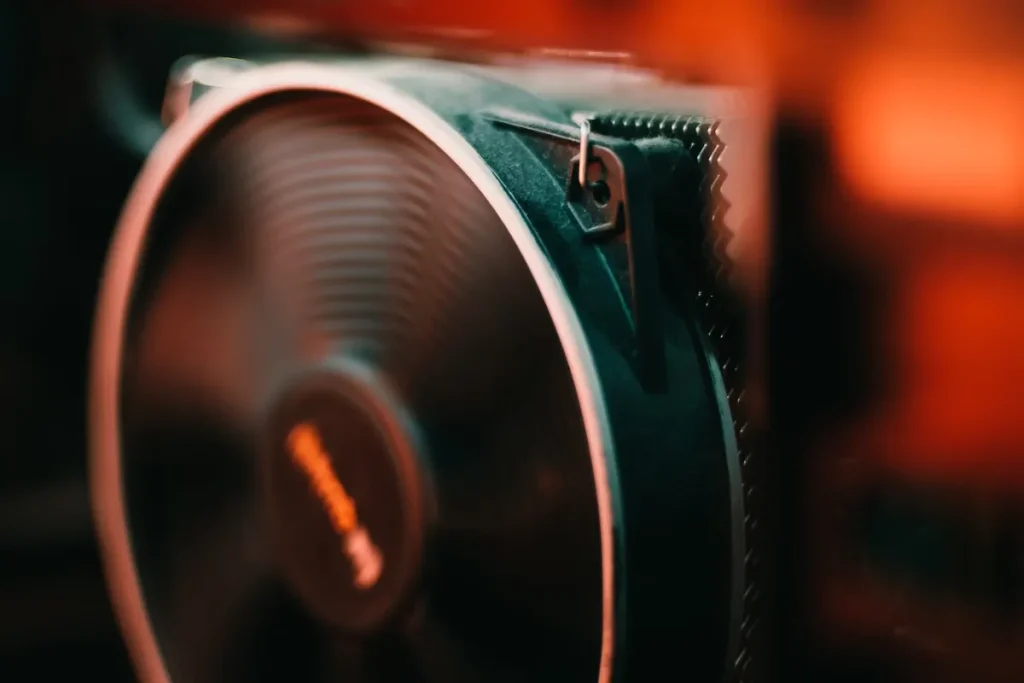
The world of technology is constantly evolving, and this holds for the CPU (Central Processing Unit) and GPU (Graphics Processing Unit) as well.
Over the years, both these components have witnessed remarkable advancements, leading to significant improvements in performance and efficiency. Let’s explore the evolution of CPU and GPU designs, along with notable breakthroughs that have shaped their capabilities.
Evolution of CPU and GPU Designs
The CPU has come a long way from its early iterations. Advancements in manufacturing processes have led to the development of smaller transistors, allowing for more complex and powerful CPUs. This has resulted in increased clock speeds, improved cache sizes, and enhanced instruction sets, enabling faster and more efficient data processing.
Notable Breakthroughs and Improvements
One significant breakthrough in CPU technology was the introduction of multi-core processors. Instead of a single core, modern CPUs now feature multiple cores, allowing for simultaneous execution of tasks and improved multitasking capabilities.
This has revolutionized the way we work and interact with our devices.
Frequently Asked Questions
Q: What components are housed inside a CPU?
A CPU typically consists of several key components, including an arithmetic logic unit (ALU) for performing mathematical calculations, a control unit for coordinating operations, and registers for storing data and instructions.
Q: What is the purpose of the cache memory in a CPU?
The cache memory in a CPU serves as a high-speed storage area for frequently accessed data. It helps reduce the time taken to fetch data from the main memory, thereby improving overall performance.
Q: Can you explain what makes up the GPU?
The GPU comprises multiple processing cores, memory chips, and a memory controller. These processing cores work together to handle complex calculations related to graphics rendering and parallel processing tasks.
Q: Do CPUs and GPUs have the same architecture?
No, CPUs and GPUs have different architectures tailored for their specific purposes. CPUs are designed for general-purpose computing tasks, while GPUs are optimized for parallel processing and intensive graphics rendering.
Q: Are there other components inside a GPU besides processing cores?
Yes, in addition to the processing cores, a GPU also contains specialized units for handling tasks like texture mapping, rasterization, and shading. These units work together to efficiently process and render graphics.
Conclusion
The CPU and GPU house a variety of components that work together to power our devices and deliver impressive performance.
While the CPU contains an arithmetic logic unit, control unit, and registers, the GPU consists of processing cores, memory chips, and specialized units for graphics processing.
Understanding what’s inside these components helps us appreciate their capabilities and make informed decisions when it comes to purchasing devices.
